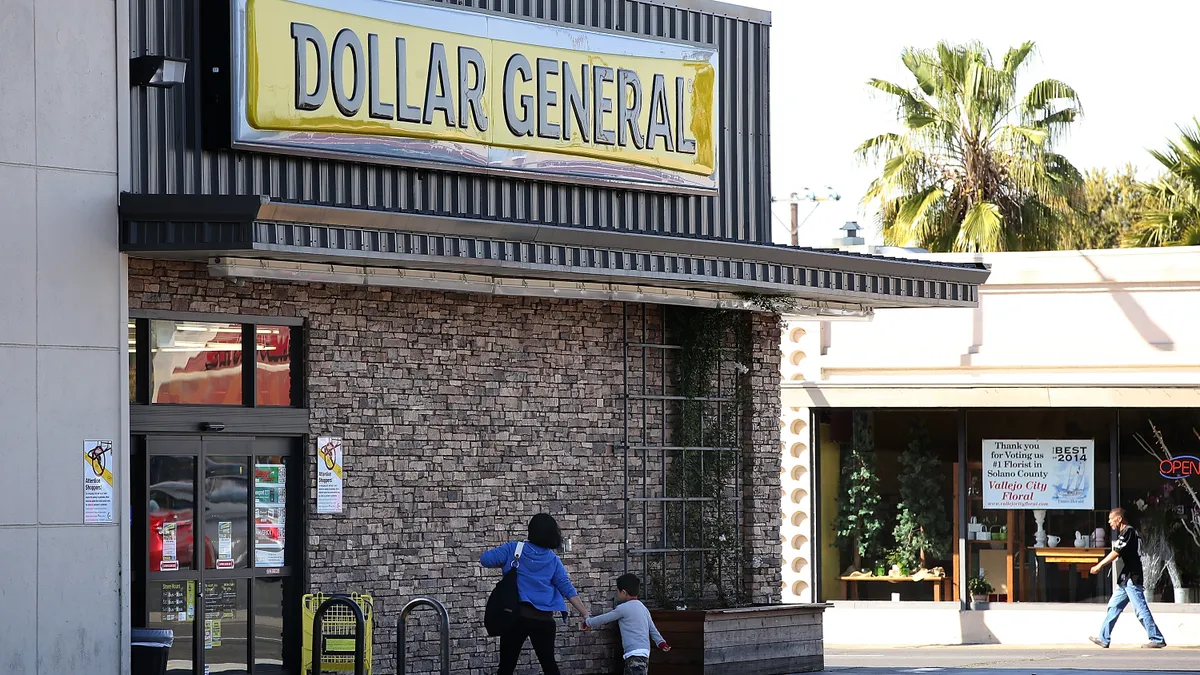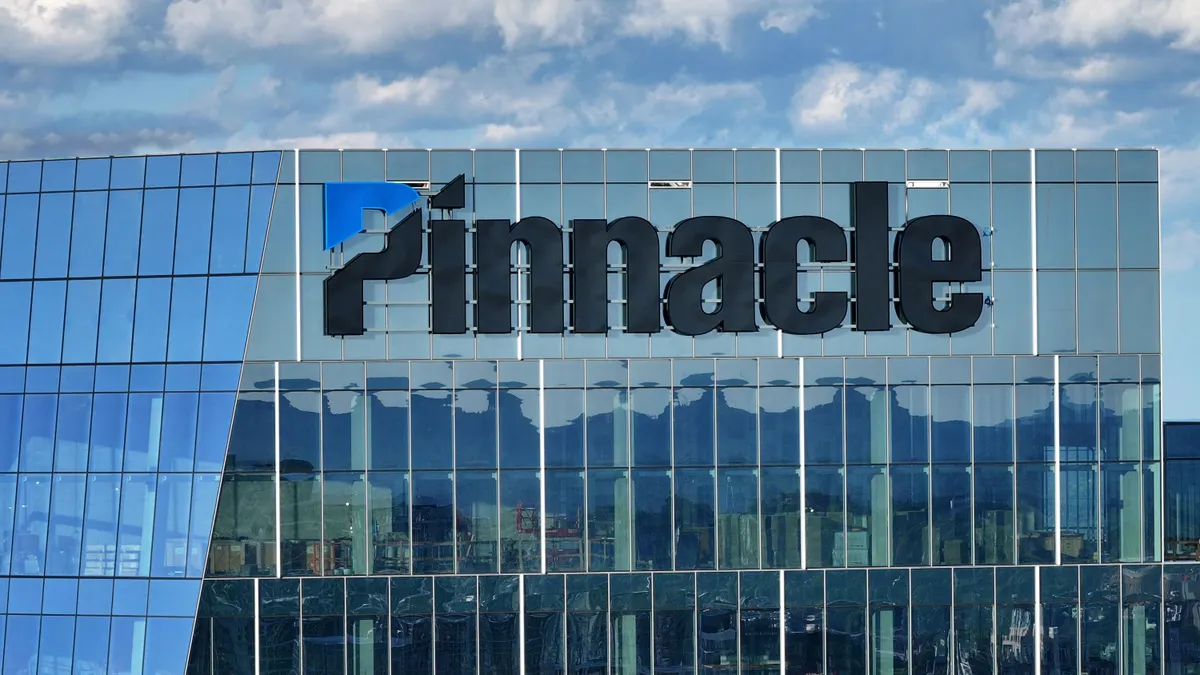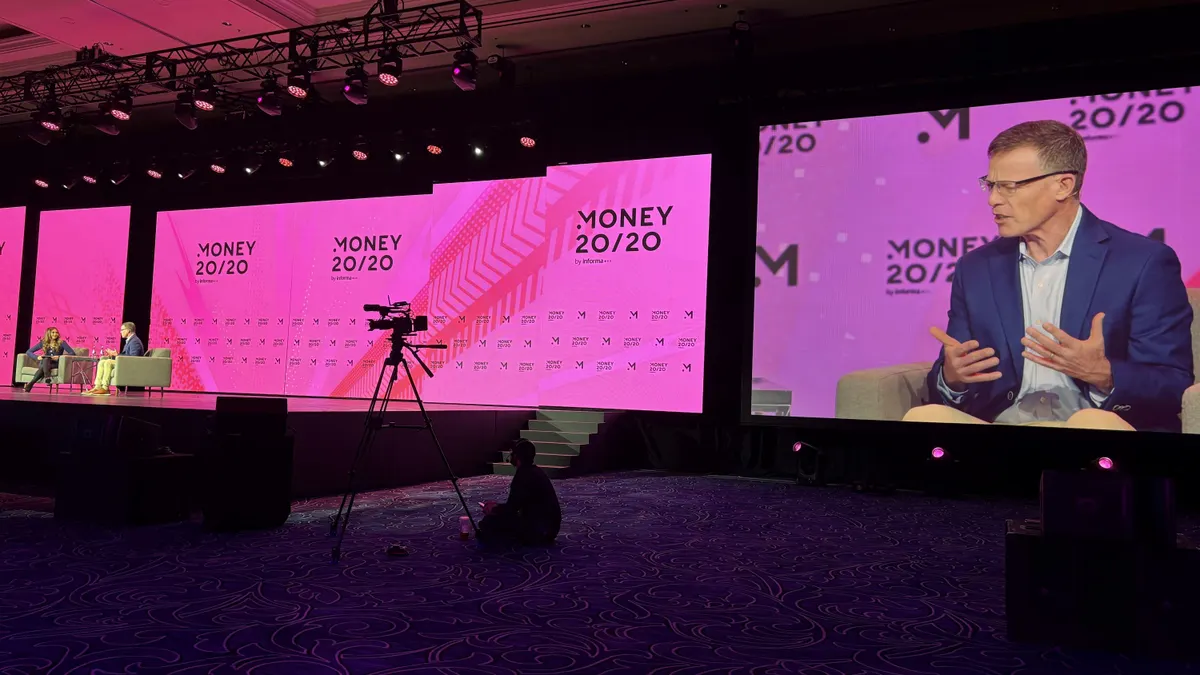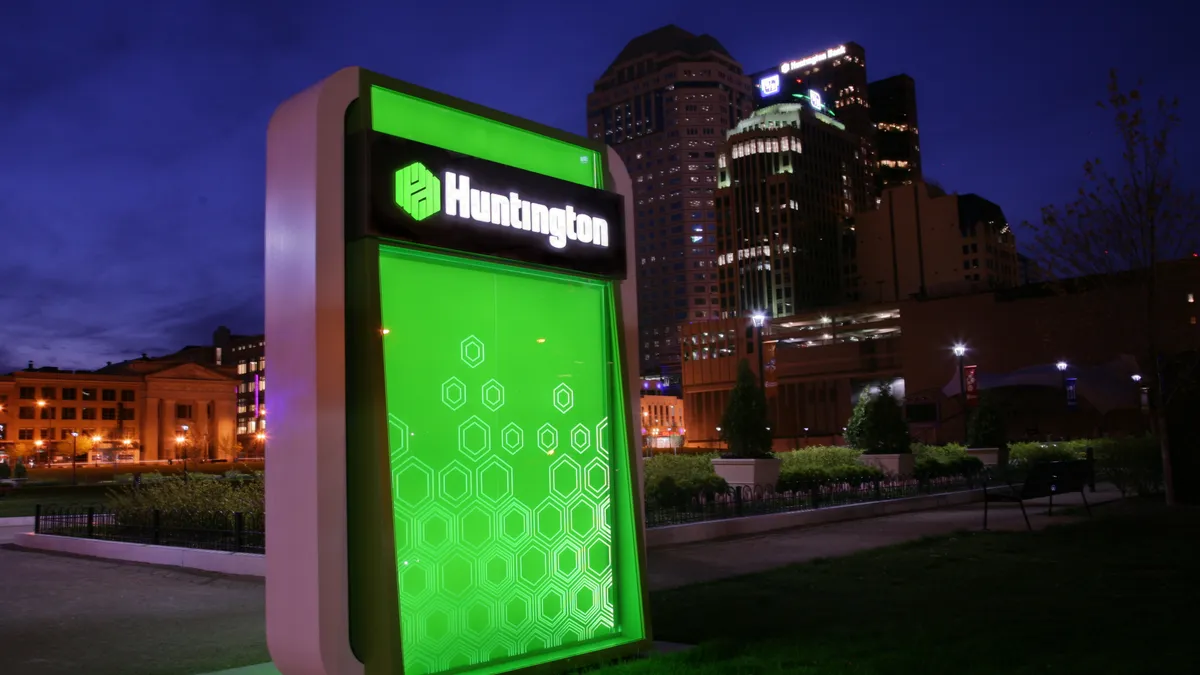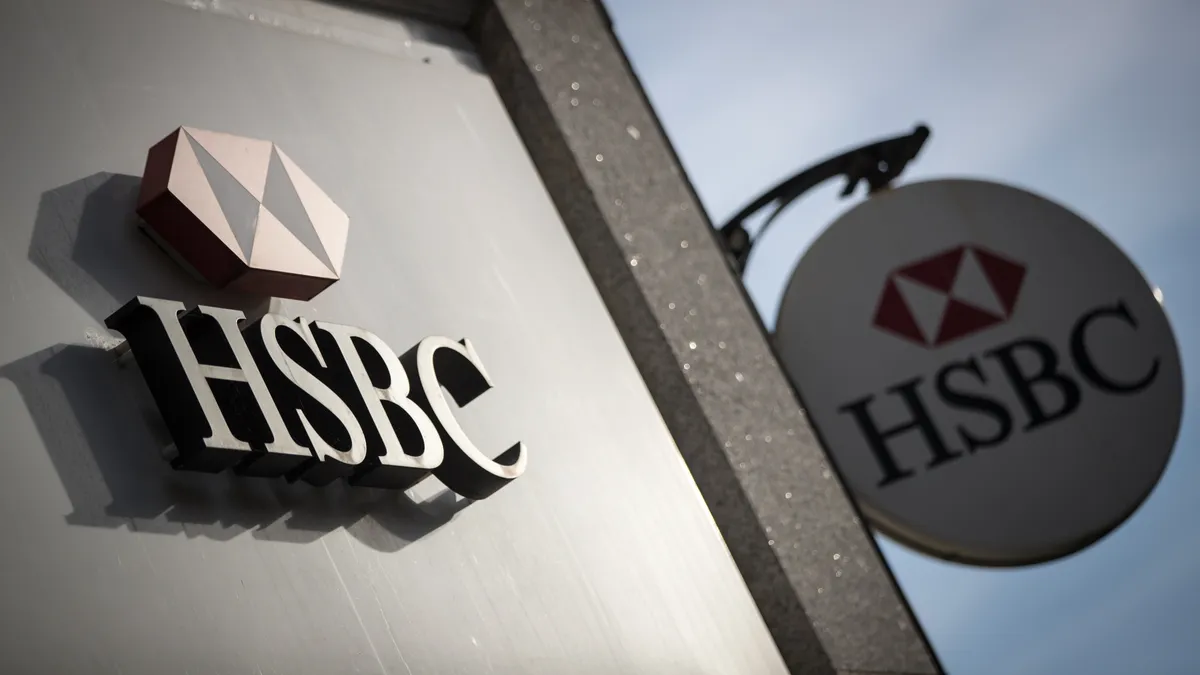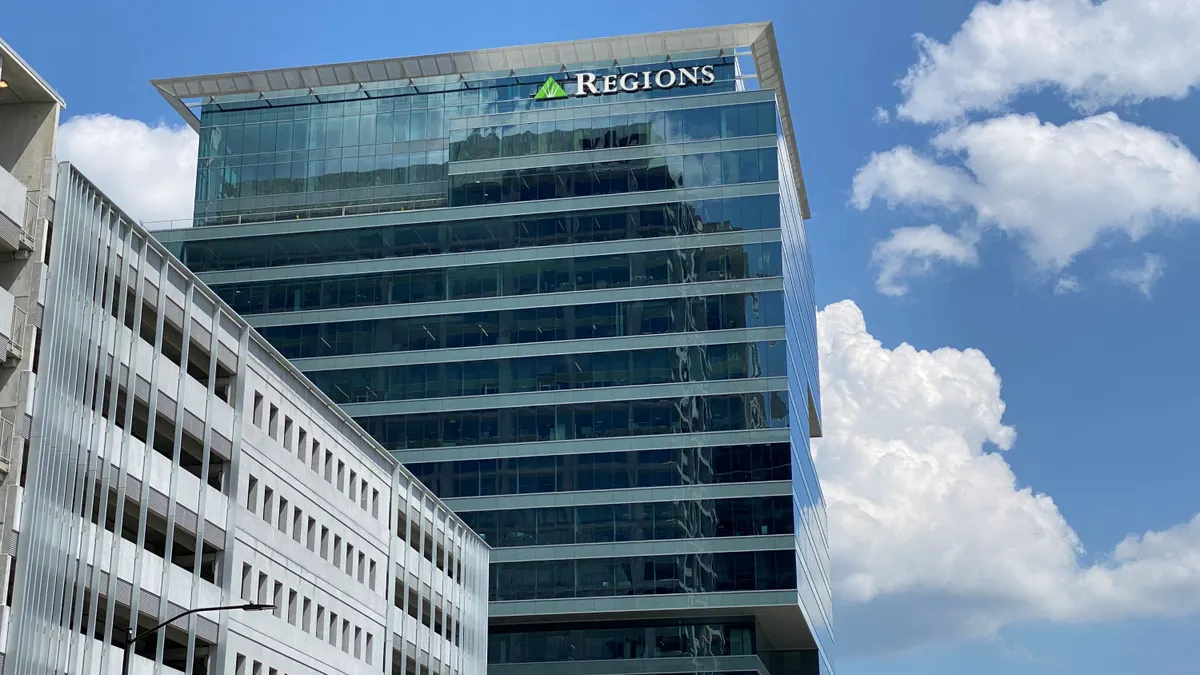LAS VEGAS — The growth of digital banking is often tied to the dwindling consumer demand for brick-and-mortar branches.
But for Green Dot, the prepaid card company-turned-bank, offering its customers access to 90,000 physical "financial centers" is what sets it apart from other digital players and will always be a part of the company’s business model, CEO Dan Henry told Banking Dive at the Money20/20 conference Monday.
That’s because the company’s partnerships with the likes of Walmart, Walgreens and 7-Eleven allow those retailers to serve as Green Dot’s brick-and-mortar locations where customers can make their cash transactions.
The company claims 95% of the U.S. population lives within three miles of a Green Dot service center.
In the same way traditional banks have been consolidating their branch networks over the past several years, brick-and-mortar retail has also seen a shift, as consumers turn to e-commerce channels to shop.
But Henry said he is confident Green Dot’s partnerships with select retailers that are expanding, rather than downsizing, help it fulfill a need for a demographic that still relies heavily on cash.
"No one's gonna debate the success of Amazon and no one’s going to debate the drop of foot traffic to certain retailers," he said. "But if you think about the retailers that we have — Walmart, Walgreens, CVS, Family Dollar, Dollar General, 7-Eleven — those six, that's the majority of our locations, and those retailers are not going away."
Traditional banks have left certain areas of the U.S. where brick-and-mortar retail continues to play an important role in consumers’ lives, Henry said.
"Banks have abandoned most small towns in America, but Family Dollar and Dollar General are there. And those are our locations," Henry said.
More than retail
"We don't think of them as retail locations, we think of them as financial centers," said Abhijit Chaudhary, head of Green Dot’s direct-to-consumer business. "Because, what is the most basic utility our customer has? They want to withdraw cash, and they want to deposit cash. Every cashier carries cash, and it's very helpful for our customer base.
"You have this consolidation occurring in banking, but these retail locations, which are still very cash-based and local, are increasing," said Amit Parikh, executive vice president of Green Dot’s banking-as-a-service (BaaS) division, who pointed to Dollar General as an example.
The low-cost retailer in March announced plans to open 1,050 new stores for fiscal 2021, according to Retail Dive.
Dollar General is the largest retailer in the U.S. by number of locations, with more than 17,300 stores, according to 2020 data from Statista. Because of its expansive presence throughout the U.S., the Centers for Disease Control and Prevention (CDC) at one point considered distributing COVID-19 vaccines at its locations before deciding in May not to pursue a formal partnership, Bloomberg reported.
Henry said Green Dot’s digital presence, combined with its retail partnerships, help set the company apart from the growing number of challenger banks looking to grab a share of the market.
"Even though banking and money movement is going digital, it's impossible for it to be 100% digital," he said. "So to have those locations, combined with our digital experience, really is a big differentiator for us."
The pandemic has also had an impact on the way Green Dot customers use the company’s retail partnerships to deposit cash, Chaudhary said.
"We read a lot of industry reports where people say that the use of cash because of COVID is going to go down, but we see the opposite effect in our own direct-to-consumer ecosystem, where more and more people are depositing cash at retail stores," he said.
Best of both worlds
Green Dot launched GO2bank in January, a digital bank aimed at serving the low-and moderate-income (LMI) market. The rollout of the platform represents the completion of a major goal set by Henry, who took the helm of the company in March 2020, following the departure of longtime CEO Steve Streit in December 2019.
During his first earnings call as CEO in May 2020, Henry told analysts the company would work hard in the coming years to "regain that lost ground" in the digital consumer banking market, a space that has seen tremendous growth from competitors such as Varo Bank, Chime and Current.
"[The launch] was really important to us from the standpoint of just getting a powerful brand out there with the name ‘bank’ in it, and to really highlight the fact that we truly are a bank, not a marketing company that's leveraging somebody else's bank," Henry said.
Green Dot gained its banking charter in 2011, when it purchased Provo, Utah-based Bonneville Bank, an FDIC-insured institution, for $15.7 million.
That acquisition helped Green Dot establish its BaaS offering and secure what Henry refers to as "monster partnerships" with some of the biggest companies in the U.S., such as Apple, Uber and Amazon, by providing the tech giants with the banking rails and deposit accounts for their products.
The two missions — BaaS and consumer banking — are complementary, Henry said.
"I’m super-excited about the growth potential we have with GO2bank, but what's more exciting to us is being able to offer the same feature functionality that we build for GO2bank to all of our partners, and a few select future partners," he said. "We think we have the ability to reach 100 million-plus consumers with our products, either directly through GO2bank or indirectly through our partners."


